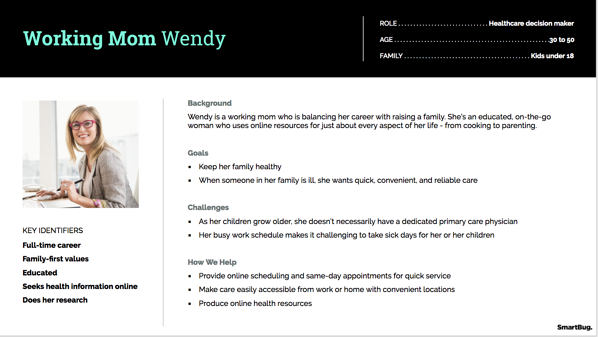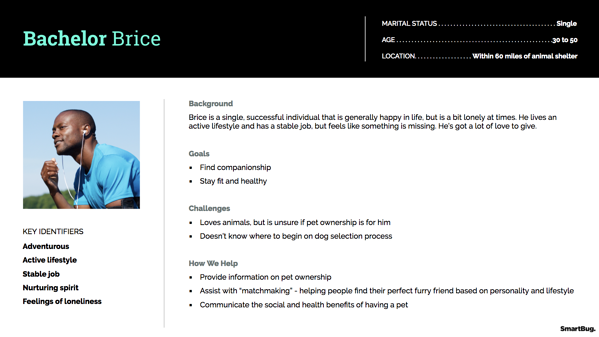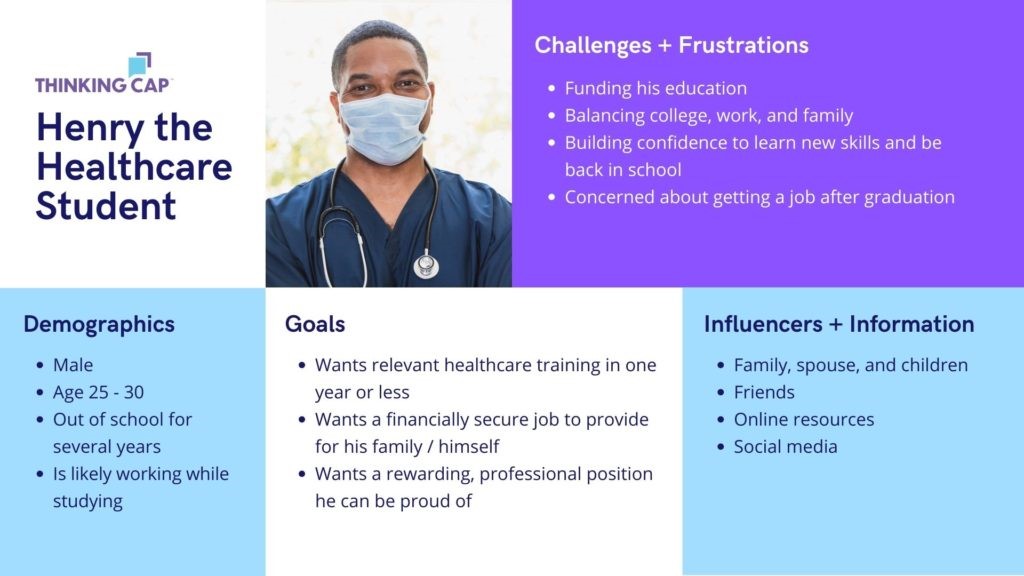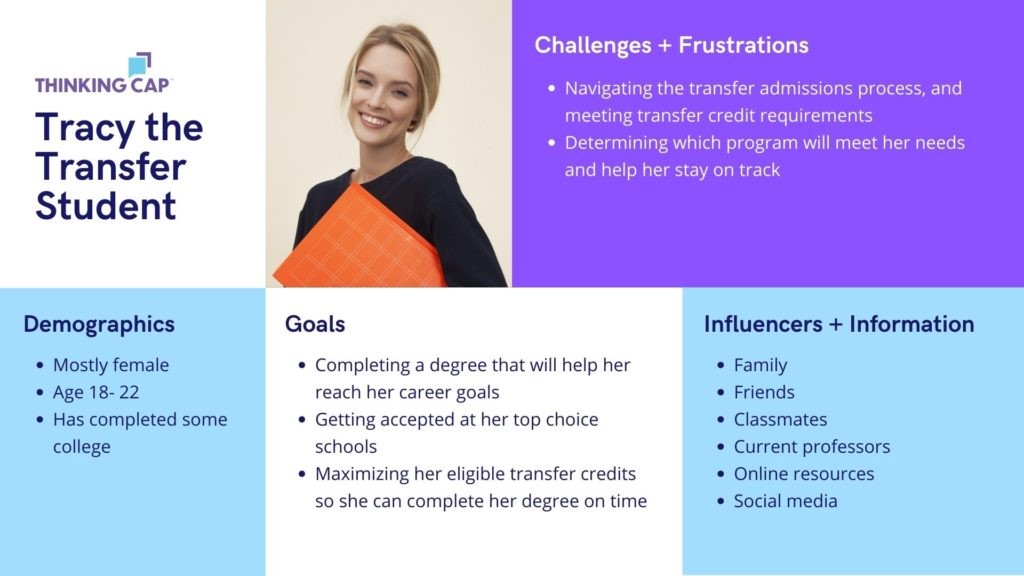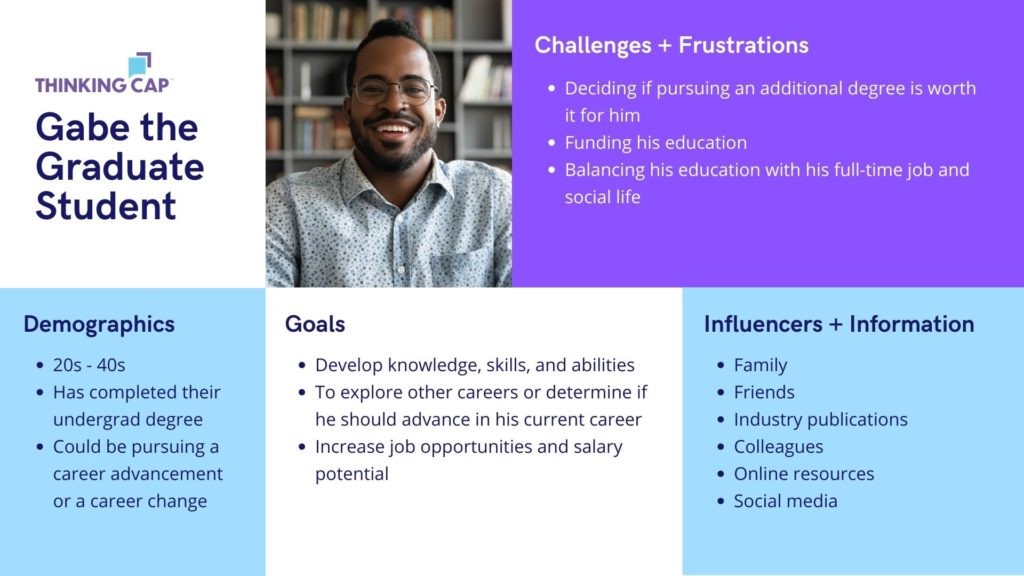Authentic to Whose Story?
1. Watch this short video to better understand this resource:
3. Scroll down to read through the practical advice and processes of the Adobe UX design team. Then, open and use the KPU Personas Worksheet to begin defining 3-4 learner archetypes of your own.
2. Explore students as protagonists:
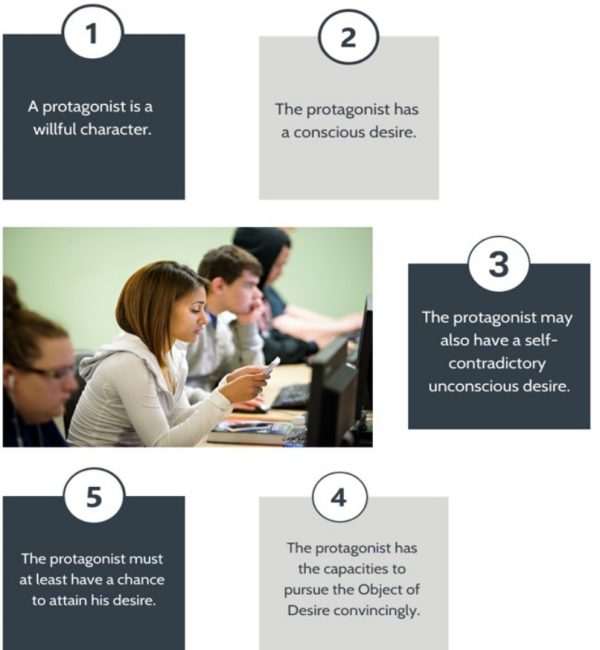
McKee, R. (1999). Story: Substance, structure, style, and the principles of screenwriting. Methuen Publishing
Persona Creation by Adobe User Experience (UX) Design
Why are they important?
“User personas help a product team find the answer to one of their most important questions, “Who are we designing for?” By understanding the expectations, concerns, and motivations of target users, it’s possible to design a product that will satisfy users’ needs and therefore be successful.”
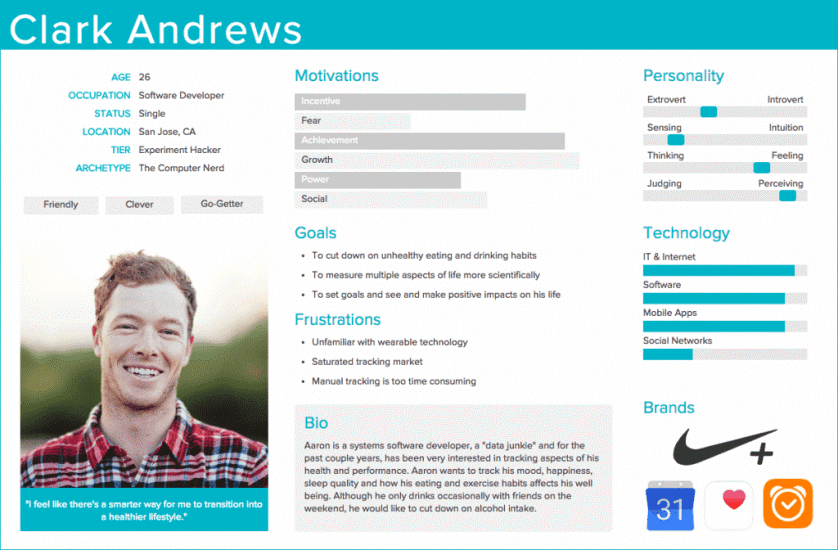
Build Empathy
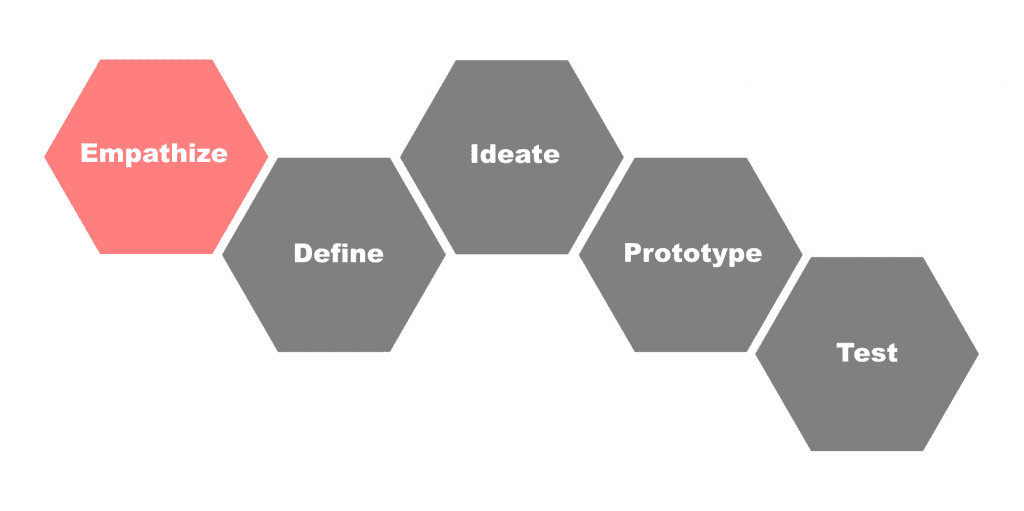
“Empathy is a core value if designers want to make something that is good for the people who are going to use it. Personas help designers to create understanding and empathy with the end-users.
Thanks to personas designers can:
- Gain a perspective similar to the user. Creating user personas can help designers step out of themselves and recognize that different people have different needs and expectations. By thinking about the needs of a fictional persona, designers may be better able to infer what a real person might need.
- Identify with the user they are designing for. The more designers engage with the user personas and see them as real people, the more likely they will be to consider them during the design process and want to create the best product for them.”
Good Characteristics of Personas

- Personas aren’t fictional guesses at what a target user thinks. Every aspect of a persona’s description should be tied back to real data (observed and researched).
- Personas reflect real user patterns, not different user roles. Personas aren’t a reflection of roles within a system.
- A persona focuses on the current state (how users interact with a product), not the future (how users will interact with a product).
- A persona is context-specific (it’s focused on the behaviors and goals related to the specific domain of a product).”
Faller, P. (2019, December 17). What are user personas and why are they important? | Adobe XD ideas. Ideas. https://xd.adobe.com/ideas/process/user-research/putting-personas-to-work-in-ux-design/
Ask Yourself: How clearly do you see your students represented in this data?
Five Steps to Creating User Personas
Faller, P. (2019, December 17). What are user personas and why are they important? | Adobe XD ideas. Ideas. https://xd.adobe.com/ideas/process/user-research/putting-personas-to-work-in-ux-design/
Content to Create Personas
- Persona name
- Photo
- Demographics (gender, age, location, marital status, family)
- Goals and needs
- Frustrations (or “pain points”)
- Behaviors
- Bits of personality (e.g. a quote or slogan that captures the personality)
“Generally, when creating a user persona template you should include the following information:
Tip: Avoid using real names or details of research participants or people you know. This can bias the objectivity of your user personas (you’ll focus on design for this person, rather than a group of people with similar characteristics).”

Faller, P. (2019, December 17). What are user personas and why are they important? | Adobe XD ideas. Ideas. https://xd.adobe.com/ideas/process/user-research/putting-personas-to-work-in-ux-design/
Example Buyer Personas
Shore, J. (n.d.). 3 examples of buyer personas to help you create your own. Inbound Marketing Agency | SmartBug Media®. https://www.smartbugmedia.com/blog/3-examples-of-buyer-personas-to-help-you-create-your-own
OToole, C. (2021, February 18). How to create data-driven student personas for higher education marketing [+ examples!]. Thinking Cap Agency. https://www.thinkingcapagency.com/blog/data-driven-student-personas/

Activity #2 – Defining Learner Archetypes
Instructions: Click for a worksheet to help clarify learner archetypes.

